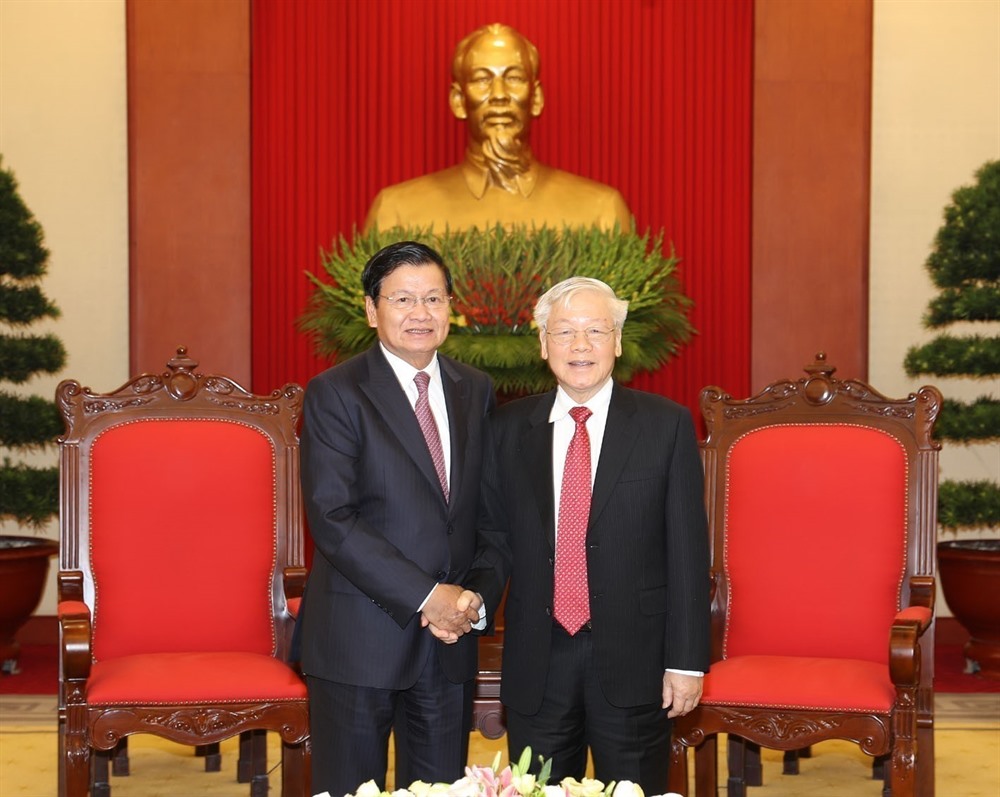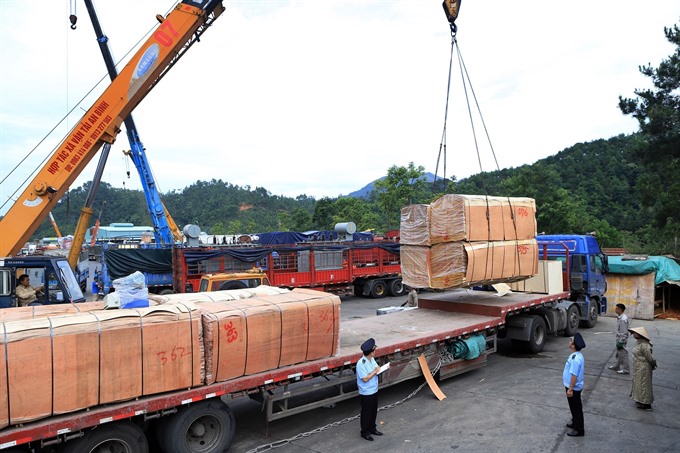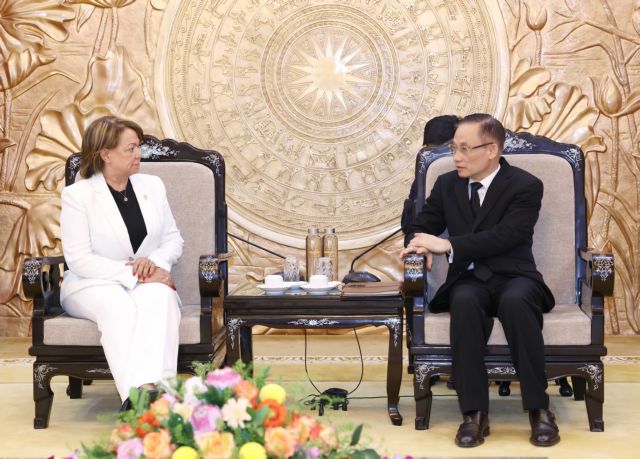 Economy
Economy

Việt Nam’s gross domestic product (GDP) is expected to grow 6.83 per cent in 2018, almost unchanged from 6.8 per cent recorded last year.
 |
| Customs officers in the northern province of Lạng Sơn inspect imports at the Hữu Nghị International Border Gate. — VNA/VNS Photo Hoàng Hùng |
HÀ NỘI — Việt Nam’s gross domestic product (GDP) is expected to grow 6.83 per cent in 2018, almost unchanged from 6.8 per cent over the same period last year.
The forecast was made by the National Centre for Socio-economic Information and Forecast (NCIF) under the Ministry of Planning and Investment, which organised a seminar on Wednesday in Hà Nội with the theme “Việt
The seminar reviewed the country’s macroeconomic situation during the first six months of the years and discussed likely challenges in the second half as well as the impact of external factors, particularly US-China trade tensions, on Việt
The NCIF expects the GDP growth rate in the third and fourth quarter to reach 6.72 per cent and 6.56 per cent, respectively.
Average annual inflation is forecast to be in the range of 4 to 4.2 per cent.
“In the second half of this year, Việt Nam will still have to face many challenges, including pressure from the appreciation of the US dollar against other currencies after the US Federal Reserves raised interest rates on June 14 and signalled two more hikes to come later in 2018,” said Đặng Đức Anh, head of NCIF’s Analysis and Forecast Division.
He said American trade protectionism and fluctuations in the prices of basic commodities and energy will affect Việt
“GDP growth in the first half was higher than the previous years’ figures but there are signs of ‘losing momentum’ due to a lack of supportive motivation. This is not only a concern in the second half of 2018 but also for 2019-20,” Đức Anh said.
“The boost for the second half’s GDP growth is slowing. Although manufacturing has long been considered as the driving force of economic growth, it depends too much on FDI and the market is already saturated with FDI,” he said.
The impact of policies to improve the business environment has also shown efficiency, he added.
At the seminar, Trần Toàn Thắng, head of the NCIF’s World Economic Department, said that the impact of US-China trade tensions is unclear and still in the realm of forecast.
On the positive side, the conflict would give Việt
According to Đức Anh, the US-China trade war had not had any significant impact on Việt
Thắng added that the
By the end of 2017, the
They then redirected their investments to their own country for preferential rates, Thắng said.
He said the
To maintain the growth momentum from now until the end of the year, Thắng said Việt Nam needed to create a transparent investment environment to attract more FDI from the US, continue to strengthen the capacity and readily link and absorb technology and receive skills transfer, increase management capacity, strengthen human resources and develop the capacity to sign and enforce long-term contracts. — VNS




